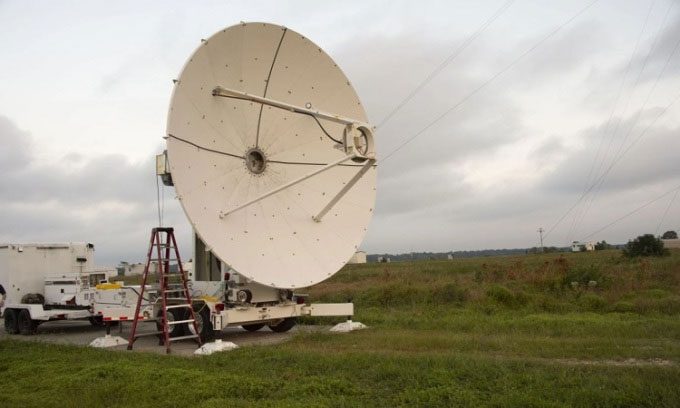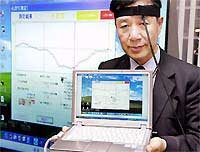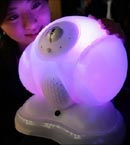The U.S. Naval Research Laboratory (NRL) successfully transmitted 1.6 kW of power over a distance of one kilometer using a microwave beam from its facility in Maryland.

Microwave transmission device aimed at the receiving antenna. (Photo: NRL)
The concept of transmitting electricity over long distances without the use of wires has existed for over a century. In the 1970s, this technology was a key part of the designs proposed by American physicist Gerard K. O’Neill. He suggested establishing colonies in space to build solar energy collection stations and transmit electricity back to Earth.
The U.S. Department of Defense tasked a team led by Christopher Rodenbeck, director of the Advanced Concepts Group, to develop the Safe and Continuous Power Transmission – Microwave (SCOPE-M) project to explore the practicality of microwave power transmission. Using a 10-GHz microwave beam, SCOPE-M established two locations. The first site is the U.S. Army Research Field at Blossom Point, Maryland, and the second is the Haystack Ultra-Wideband Satellite Imaging Radar (HUSIR) at the Massachusetts Institute of Technology (MIT). The chosen frequency not only allows for consistent transmission even in heavy rain with a power loss of less than 5%, but it is also safe according to international standards when humans, animals, and birds are present. This means the system does not require circuit breakers typically found in early laser systems.
In tests conducted in Maryland, the microwave beam operated at 60% efficiency. The tests at MIT did not achieve such peak power, but they did have a higher average power output, thereby transmitting more energy. In the future, the technology from SCOPE-M could be used to transmit energy across Earth or from solar power stations in orbit, providing electricity to the national grid 24/7, year-round. Additionally, this technology could assist in delivering power directly to troops on the battlefield.



















































